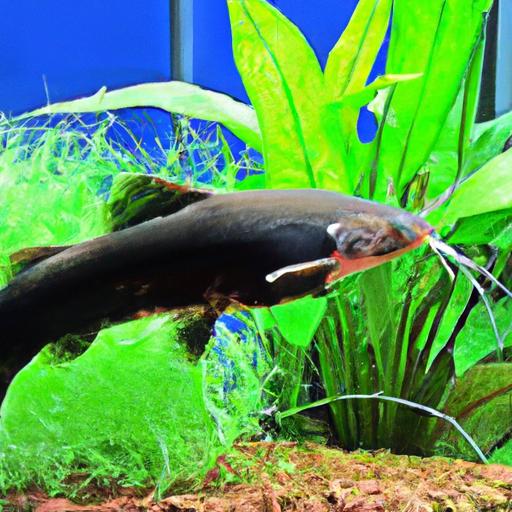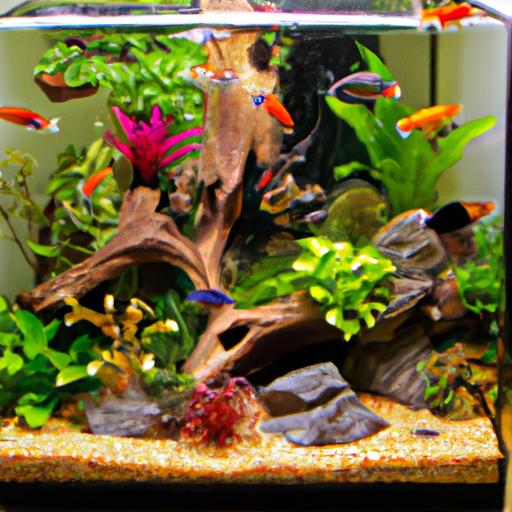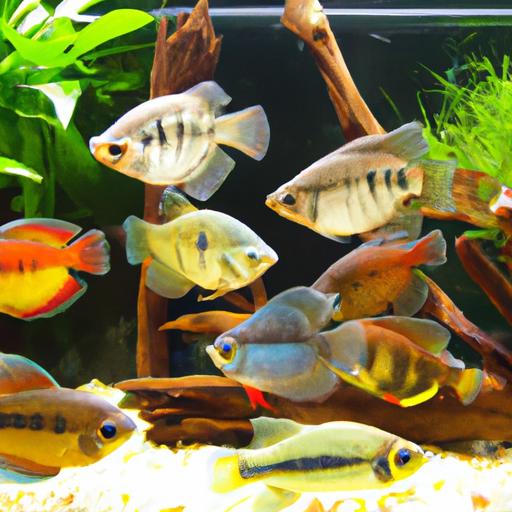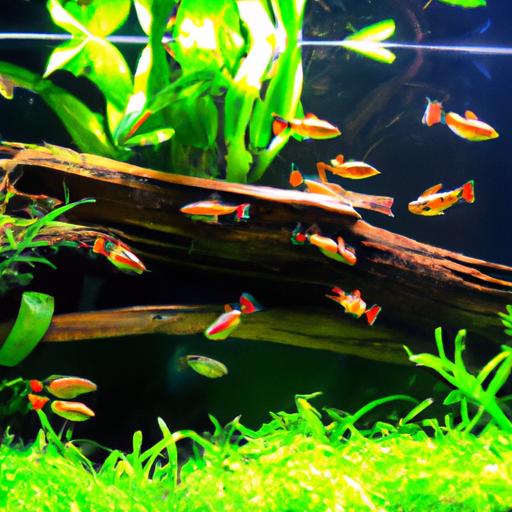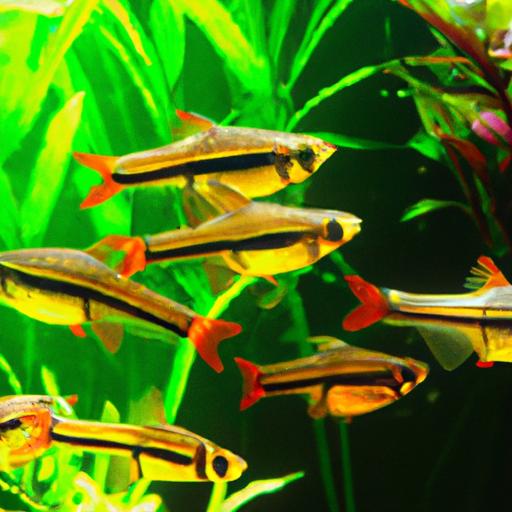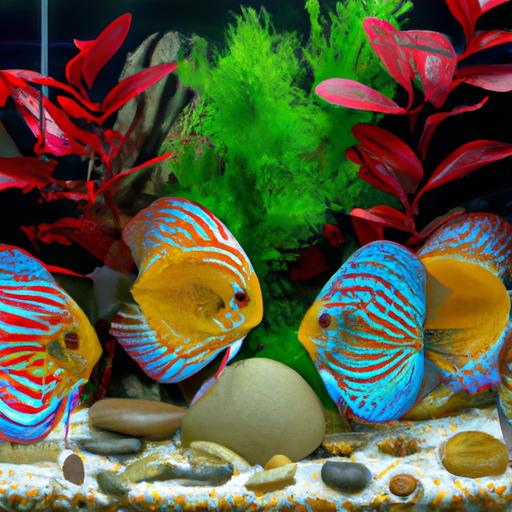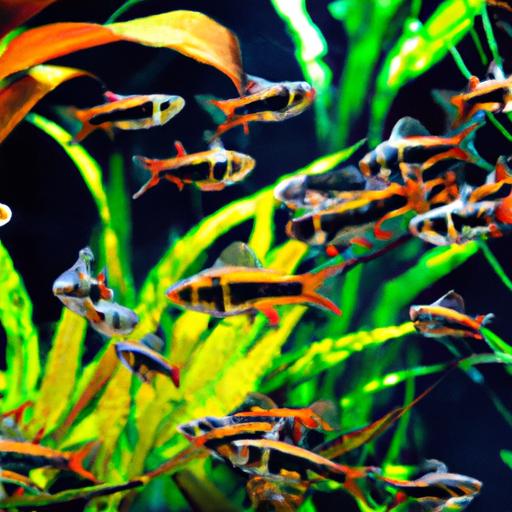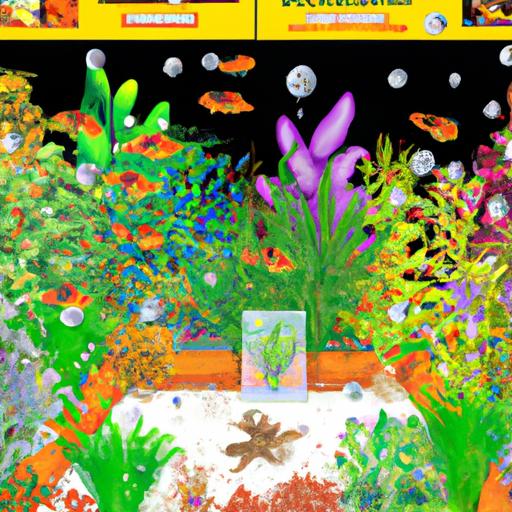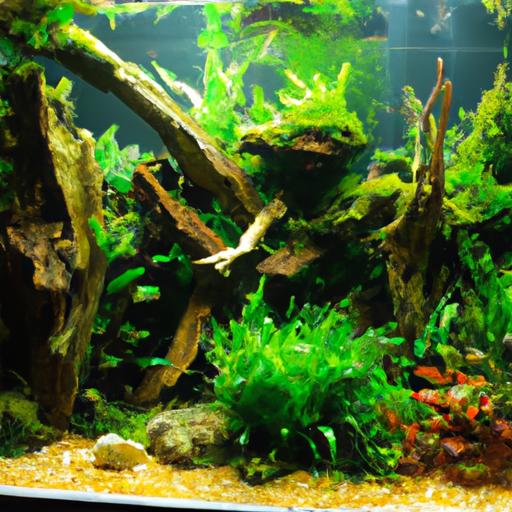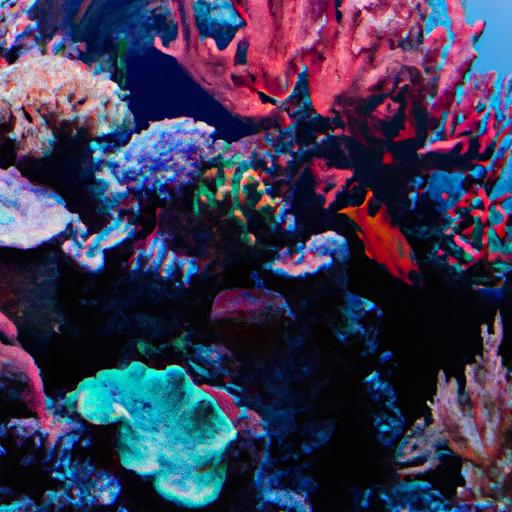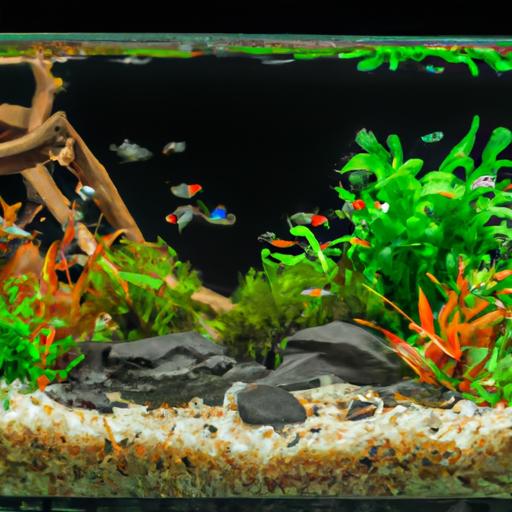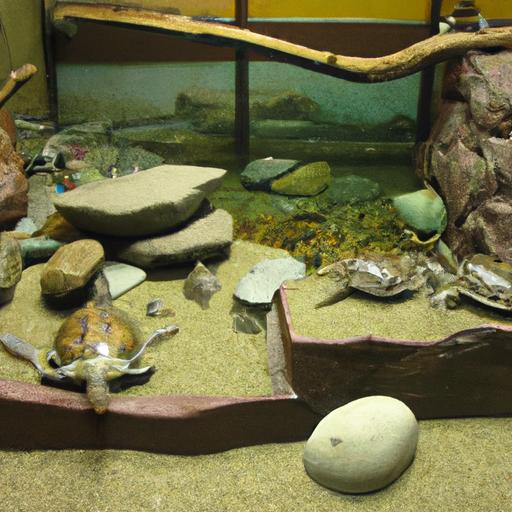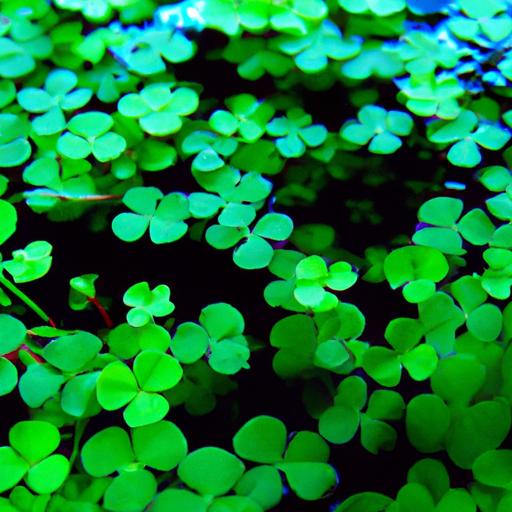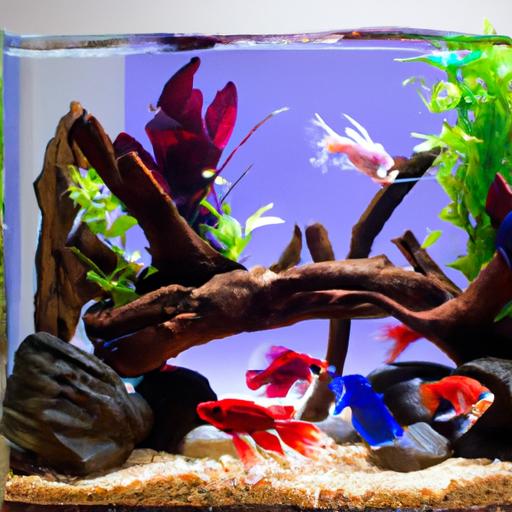
Ideal Conditions for a Colorful Betta Community
Discover the ideal conditions for a colorful Betta community. Learn about tank size, water parameters, tank setup, compatibility, and more.
Introduction
Are you a fish enthusiast looking to create a vibrant and eye-catching Betta community? Betta fish, also known as Siamese fighting fish, are renowned for their stunning colors and unique personalities. To ensure the well-being and vibrancy of your Betta fish, it’s crucial to provide them with ideal conditions in their tank. In this article, we will explore the factors to consider when creating a colorful Betta community that will captivate any fish lover.
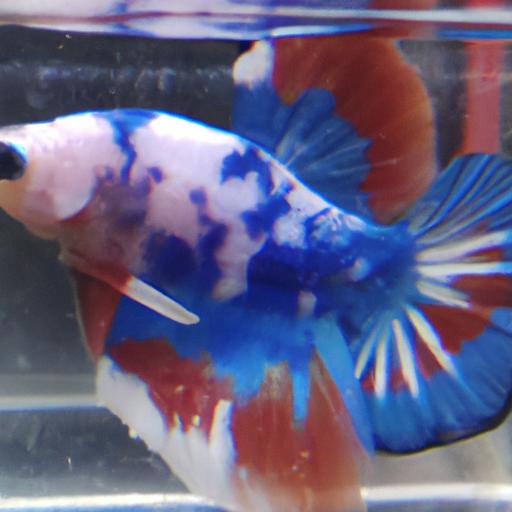
Factors to Consider for an Ideal Betta Community
Suitable Tank Size
The first step in creating an ideal Betta community is to ensure the tank size is suitable for the number of Bettas and other tankmates. While Betta fish can survive in small containers, they thrive in larger tanks. For a Betta community, a tank size of at least 10 gallons is recommended to provide ample space for each fish to establish their territory. A larger tank also helps maintain stable water parameters and reduces the chances of aggression among tankmates.
Water Parameters
Maintaining the right water parameters is crucial for the health and well-being of Betta fish. The ideal temperature for Betta communities is between 78-80°F (25-27°C). It’s important to invest in a reliable aquarium heater to maintain a consistent temperature. The pH level should be slightly acidic to neutral, ideally between 6.5-7.5, and the water hardness should be around 5-20 dGH.
Regular water testing and monitoring are essential to ensure the water parameters remain within the recommended range. Any fluctuations can cause stress and health issues for your Betta and other tankmates.
Tank Setup
Creating a well-designed tank setup is not only visually appealing but also crucial for the happiness of your Betta community. Bettas love exploring hiding spots, so provide plenty of caves, plants, and driftwood to create a stimulating environment. Live plants not only enhance the aesthetic appeal but also contribute to the water quality by absorbing nitrates and providing oxygen.
A suitable substrate, such as fine gravel or sand, is essential for the well-being of your Betta fish. Avoid sharp or rough substrates that could potentially harm their delicate fins. Additionally, incorporating floating plants like Amazon frogbit or water lettuce can provide shade and create a natural habitat for your Betta community.
Compatibility
When selecting tankmates for your Betta community, it’s crucial to ensure compatibility. While male Bettas are known for their aggression towards other males, they can peacefully coexist with certain tankmates. Female Bettas, on the other hand, tend to be less aggressive and can be housed with other peaceful community fish.
Some compatible tankmates for a Betta community include small schooling fish like tetras, rasboras, and danios. Peaceful bottom-dwellers like Corydoras catfish or small shrimp like cherry shrimp can also make great tankmates. Avoid aggressive or fin-nipping fish like some barbs or gouramis, as they can stress or harm your Betta.
Frequently Asked Questions (FAQs)
Can multiple male Bettas coexist in the same tank?
No, it is not recommended to keep multiple male Bettas together in the same tank. Male Bettas have a strong territorial nature and are prone to aggressive behavior, often resulting in fighting. Keeping multiple males in the same tank can lead to severe injuries or even death. It’s best to provide each male Betta with its own separate tank.
Which fish species are best suited for a Betta community?
Several fish species are compatible with Betta communities. Small schooling fish like neon tetras, harlequin rasboras, and ember tetras can thrive alongside Betta fish. Peaceful bottom-dwellers like Corydoras catfish or Otocinclus catfish make excellent tankmates as well. However, it’s important to research each species’ specific care requirements and compatibility before introducing them to your Betta community.
How should the tank be decorated to ensure the well-being of Bettas and other tankmates?
To ensure the well-being of your Betta and other tankmates, decorate the tank with plenty of hiding spots. Use caves, plants, and driftwood to create a stimulating environment for your fish. Live plants not only provide hiding spots but also contribute to the water quality by absorbing nitrates and providing oxygen. Incorporating a suitable substrate and floating plants can also enhance the overall aesthetics and well-being of your Betta community.
Are female Bettas more compatible with other fish species than males?
Female Bettas tend to be less aggressive than males and can coexist with other peaceful community fish. They can be housed with small schooling fish, peaceful bottom-dwellers, or even shrimp. However, it’s important to monitor their behavior and ensure that tankmates do not exhibit aggression towards the female Betta. Each fish has its own unique personality, so it’s crucial to observe and make adjustments accordingly.
Conclusion
Creating an ideal Betta community requires careful consideration of various factors. By providing a suitable tank size, maintaining the right water parameters, setting up an enriching tank environment, and selecting compatible tankmates, you can create a colorful and harmonious Betta community. Remember to always prioritize the well-being and happiness of your Betta fish and other tankmates. With the right conditions, your Betta community will flourish, showcasing the beauty and vibrancy of these captivating fish.
